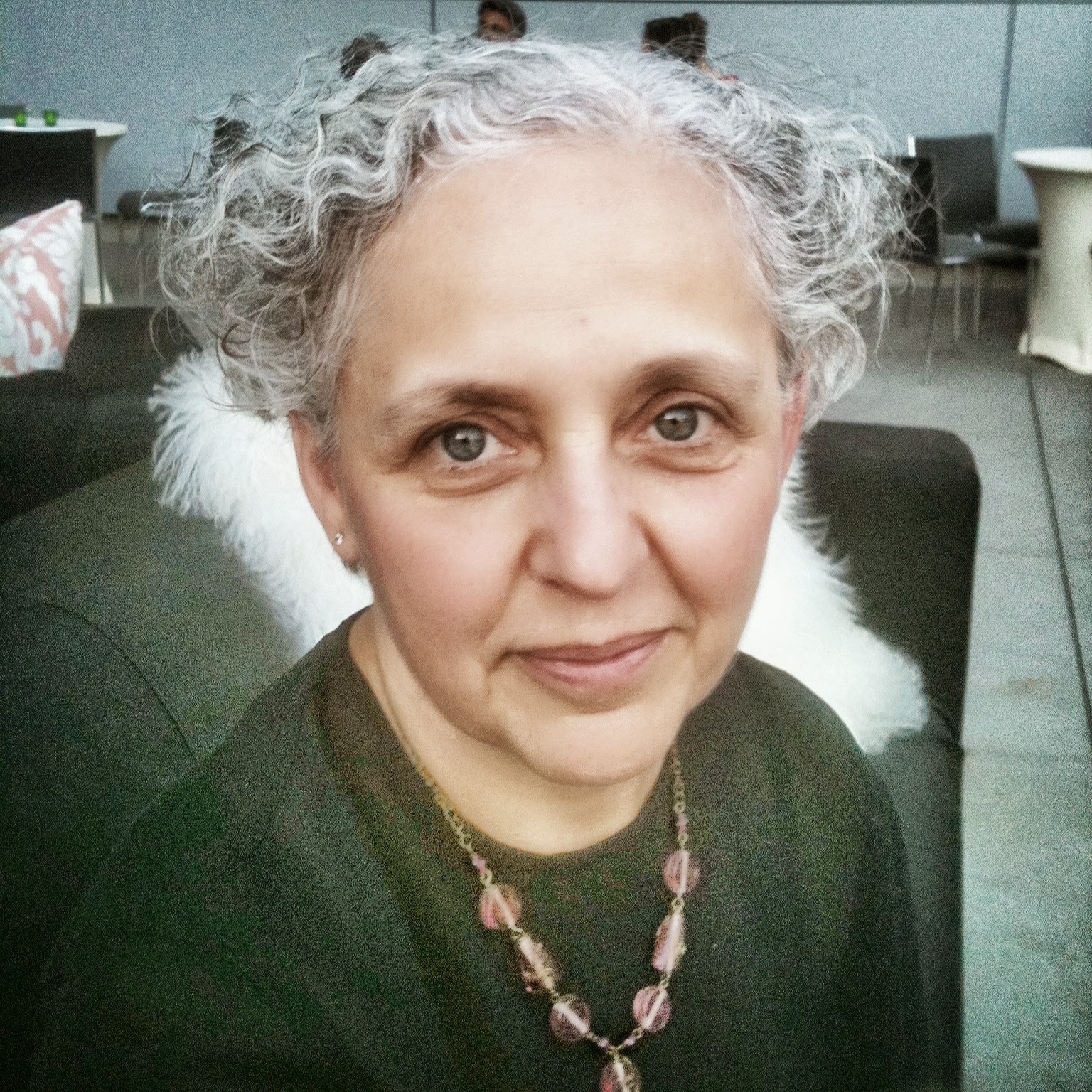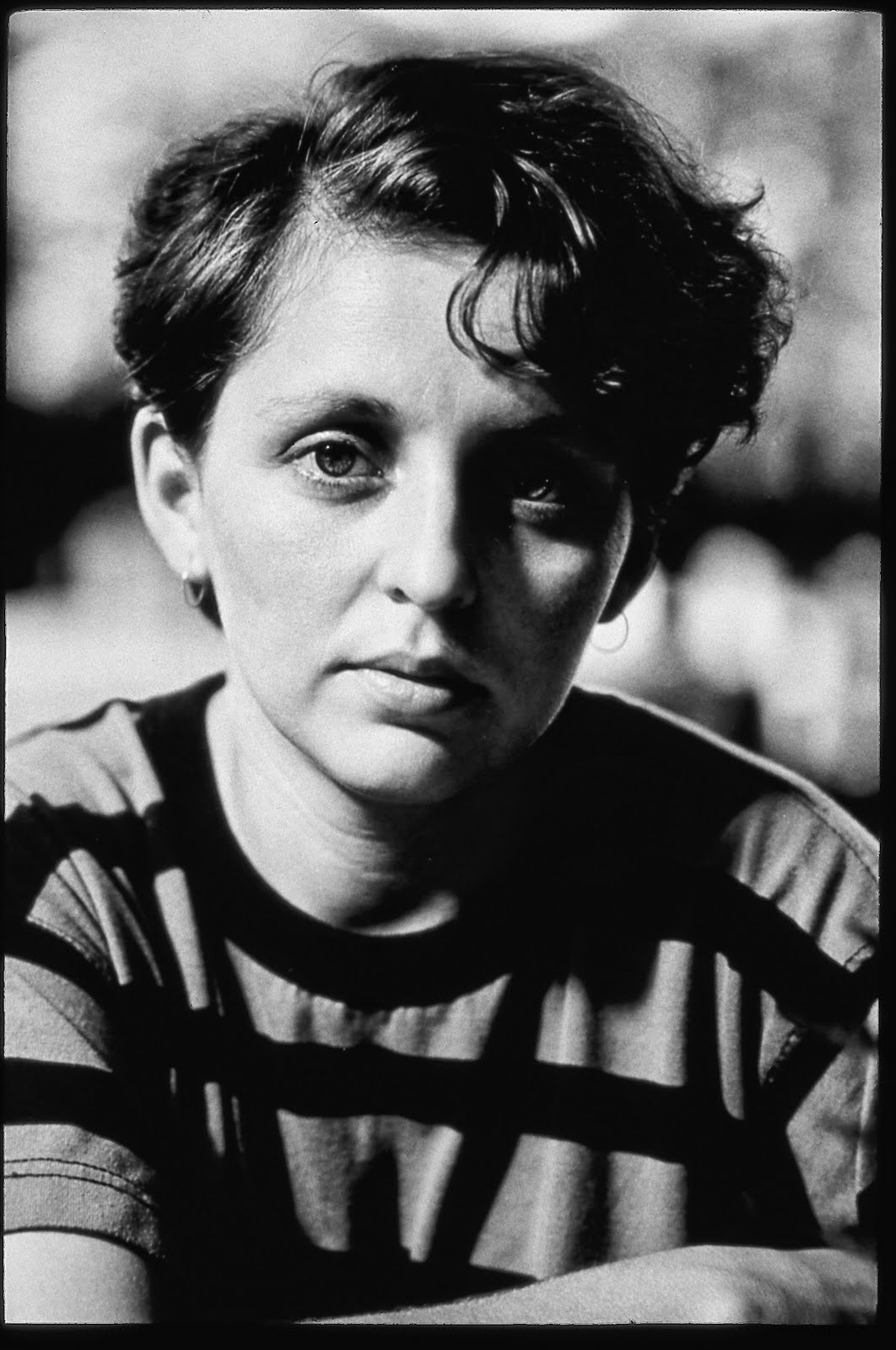From Hip, Mad, Beat and Gone.
I love to tell stories but I hate the details of writing. I've always been this way. I am a poor speller and an even poorer copy editor. When I wrote ads and TV commercials in my ancient career as an advertising agency copywriter I had people all around me who specialized in taking my thoughts, and ideas, and finding the little glitches and "gotchas" that necessarily remain when typing and thinking are done at speed, under a tight deadline. If the proofreaders and junior writers didn't catch stuff there were always a couple rounds of client approvals as well.
I rejoiced when I was asked by the publisher at Amherst Media to write a book about lighting back in 2007. "At last," I thought, "someone will have the job of editing what I write and making it beautiful." Alas, I found more than a handful of typos which made it through the gauntlet of multiple readers and editors and into the book. And in each ensuing book a few typos always slipped through as well. But I felt I was absolved of blame (for the most part) because there was a formal distinction between being an author and being an editor or proof-reader.
But with my own book, The Lisbon Portfolio, I found myself in uncharted waters and, until recently, without a real life guard. Here's the background: In late November of 2001 I had some health issues that required me to take months of time to recuperate and get back to work. I spent my (unwanted) free time writing a novel. I did it the way I generally do stuff; I got an idea and I sat down and plowed through it until I was done. Essentially I wrote the first, long draft of The Lisbon Portfolio in about six months. Then my health recovered and I got back to my photographic work and back to the regular pace of real life.
Everything possible interceded between me and the book over the course of the last twelve years. The field I work in went through radical and unpredictable shifts and then the world economy went upside down and I feel like I spent the last five years navigating a leaky boat through the rough and chaotic waters. During all of those years I wanted to finish the original writing project but something always came up and I kept loosing the thread. I wrote five non-fiction books about photography but somehow I could never circle back to the book that had the most meaning for me.
2014 has been one of the most stable years for me that I can remember in a good, long while so I finally committed myself to getting this project done and out. I read the manuscript over and over again but I've come to the conclusion that if you are the one who writes something as long as a novel your brain somehow cancels out your ability to see the errors on the pages, after the fact. It may be that as the creator I keep getting caught back in the story instead of being able to make a dispassionate survey of possessives and subjunctives and all that vital stuff. For one reason or another the individual words have become greek to me. But one of my blog followers has stepped in to help me. He read the story and liked it. A lot. He got in touch with me to see if it would be okay for him to submit an edited manuscript with corrections highlighted.
I am thrilled! He is half way through the correction process already and I'm standing by to implement all of his changes upon completion. The wonderful thing about self-publishing a book as a Kindle book is that when you find things (or things are brought to your attention) that need to be fixed you can wade back into the formatted manuscript and make those changes. Within 24 hours of making corrections the revised manuscript goes live on Amazon.com and every copy downloaded from that point onward has the new changes.
If we have started with a paper book the first buyers would end up having to live without the changes. But if you bought a Kindle version of my book as soon as the revised copy is uploaded you can trash your current copy and download the newer copy at no charge to you. It's like a firmware upgrade for a book.
I know that many people believe that a product has to be perfect before it goes out the door and I would love to have delivered one of those six sigma products. But the story is the story and it's not going to change (much...if at all...). But it was vitally important to me, personally, to finish up The Lisbon Portfolio and get it out. I wanted to share it with my readers and I needed to move it out of my mental inventory to make room for the next writing project. No, it's not going to be another book about lighting or portraits. It's the next "Henry White" novel and it's already starting to gel.
I love telling stories and I love writing about what I know. While the action and adventure depicted in The Lisbon Portfolio is totally fiction the surrounding threads of a corporate trade show are all crafted from an amalgam of my professional experiences.
In the first week readers have already snapped up hundreds of copies of the book. We have our first four reviews on Amazon.com and I am proud to say that none of the reviewers are family and none were bribed to write their reviews. I'd like to share them all below:
Most Helpful Customer Reviews
2 of 2 people found the following review helpful
Format:Kindle Edition|Verified Purchase
1 of 1 people found the following review helpful
By Bob Dales
Format:Kindle Edition|Verified Purchase
3 of 4 people found the following review helpful
Format:Kindle Edition|Verified Purchase
Format:Kindle Edition|Verified Purchase
If you need a good Summer read or a book for a long plane ride I hope you'll give our first photo/fiction/action book a go. As always, I appreciate your support!








.jpg)







































































































































